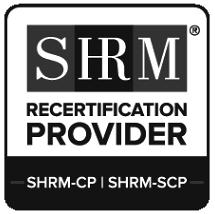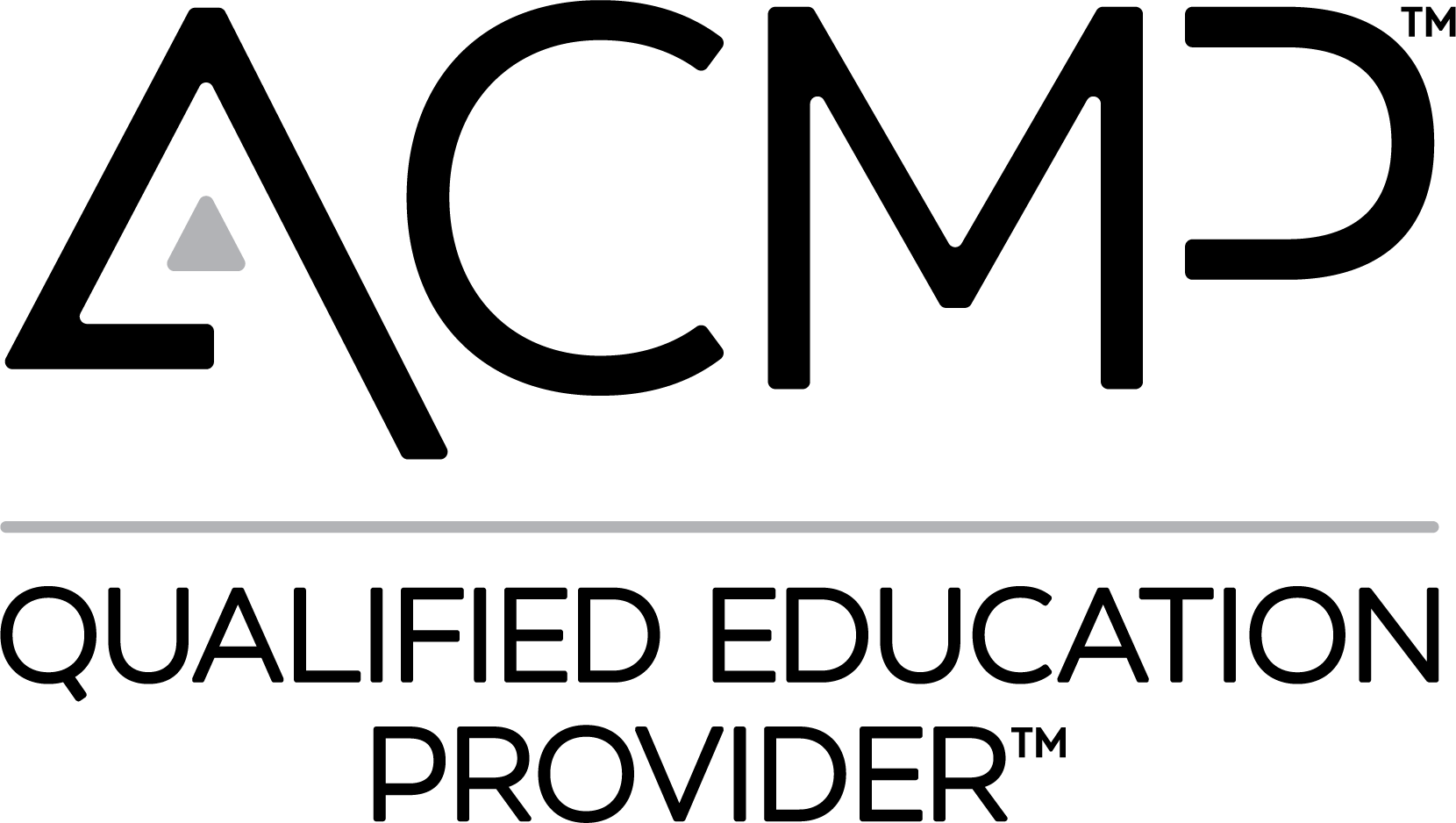Resistance to change is one of the most common challenges facing leaders today, and one of the most misunderstood.
Whether your organization is implementing a new technology, shifting business models, restructuring teams, or simply evolving processes, change inevitably invites emotion. And where there's emotion, there’s likely to be friction.
That friction is often labeled as "resistance," but here's the truth: resistance to change is not a sign of failure. It's a natural, emotional response to uncertainty and disruption. What determines success isn’t whether resistance shows up, it’s how leaders respond when it does.
At Change Enthusiasm Global, we’ve worked with Fortune 500s, government agencies, and high-growth startups navigating transformation. Through our work, and in partnership with a leading research firm, we’ve uncovered the three most impactful strategies for overcoming employee resistance to change.
If you’re leading or supporting change in your organization, these are the tools you need to inspire progress and foster buy-in, without burning people out.
What Causes Employee Resistance to Change?
Before diving into the solutions, it's essential to understand where resistance comes from.
At its core, resistance is a manifestation of emotional energy like fear, anxiety, frustration, or uncertainty. These feelings typically stem from:
- Lack of clarity around what’s changing and why
- Concerns about job security, workload, or capability
- Feeling excluded from decision-making
- Past experiences with failed change efforts
- Misalignment with values or purpose
The Change Enthusiasm® framework teaches that these emotions aren’t obstacles, they’re data. They’re signals of what needs attention. And when leaders learn to harness that emotional energy with intention, change efforts become not only more successful but also more sustainable.
Strategy #1
Appreciation: The Foundation of Emotional Buy-In
Key Insight:
Our research shows that appreciation and gratitude are the most effective tools for reducing resistance to change.
This might sound simple—but it’s often overlooked.
When teams feel pushed to adapt without acknowledgment for their effort, resistance increases. But when leaders take the time to genuinely recognize the energy their people are investing—even if outcomes aren’t perfect—it affirms their value.
How to Put This Into Practice:
- Begin every major change conversation by recognizing the effort your team is already putting in.
- Acknowledge small wins throughout the journey, not just at the end.
- Make your appreciation personal and specific. Generic thank-you messages don’t land the same way as direct, tailored feedback.
- Publicly recognize team members who go above and beyond to embrace the change, assuring first that public recognition will be embraced by the recipient(s).
Appreciation isn’t fluff, it’s fuel. It strengthens emotional engagement and sends a clear message: your contribution matters.
Strategy #2
Clear, Consistent Communication: Kill the Guesswork
Key Insight:
The second most impactful strategy for reducing resistance is consistent communication from leadership about the change effort.
When employees are unclear about what’s happening, why it’s happening, what’s expected of them, or how they’ll be affected, their anxiety spikes, and that’s when resistance hardens.
Even if you don’t have all the answers, saying something is better than saying nothing. Transparency builds trust. Silence breeds fear.
What to Communicate:
- The “why” behind the change. Link it to business goals and values.
- The current progress. Even minor updates help reduce uncertainty.
- What’s coming next? Help people anticipate, plan, and prepare.
- How success will be measured. Set clear expectations and milestones.
- How can they ask questions or share concerns? Make it a two-way street.
Channels to Consider:
- Weekly email updates or video messages from senior leadership
- Open Q&A sessions during team meetings or town halls
- Anonymous feedback tools or suggestion boxes
- Dedicated intranet or Slack channels for change-related news
Most importantly, stay consistent. Change isn’t a one-and-done conversation. It’s a continuous journey that needs frequent check-ins.
Strategy #3
Empathy: The Skill Every Leader Must Master
Key Insight:
Resistance isn’t just rational—it’s emotional. That’s why empathy is the most critical leadership skill for navigating change.
In our work across industries, we’ve found that empathy does more to reduce friction than any policy, memo, or training program.
Empathy means listening without judgment, validating emotions, and responding with care, not just action.
How to Lead With Empathy:
- Hold space for emotional check-ins. Ask: “How are you managing the change?”
- Actually listen. Not to respond—but to understand.
- Don’t rush to fix. Sometimes people just need to be heard before they’re ready to move forward.
- Ask: “How can I support you?” And follow through.
Empathy isn’t about lowering standards. It’s about building connection. When employees feel understood, they’re far more willing to engage.
Bonus Insight: You Can’t Control Resistance, But You Can Inspire Through It
One of the most brutal truths for leaders to accept is that you can’t force people to change. You can only inspire them to want to.
The three strategies we’ve shared—appreciation, communication, and empathy—are all about fostering that internal desire. They help people feel safe, valued, and connected during times of uncertainty. And that’s what inspires growth.
When You Lead Through Emotion, You Lead Real Change
Change is hard. Not just operationally, but emotionally.
At Change Enthusiasm Global, we believe that the key to overcoming resistance lies in tapping into the power of emotion, not avoiding it. By acknowledging resistance for what it truly is—emotional energy—you can begin to shift it from friction into fuel.
Whether you're a change management professional, team leader, or executive, these tools can help you lead more effectively through disruption and inspire lasting transformation.
Ready to Go Deeper?
If you're facing resistance in your own organization, we have something for you.
We’re offering free access to a full keynote recording from Cassandra Worthy, delivered to leaders navigating massive internal transformation and external disruption. In it, she shares insights, stories, and strategies to lead through resistance with authenticity, courage, and clarity.
[Get the free keynote recording →]
Final Thoughts
Overcoming employee resistance to change isn’t about removing all friction, it’s about transforming how we respond to it.
The most effective change leaders don’t demand compliance. They cultivate commitment. And that begins with valuing people as whole, emotional humans.
So the next time you encounter resistance, remember: it’s not a wall. It’s a door. One that opens with empathy, appreciation, and clear, courageous communication.
MORE
INSIGHTS
How to Make Learning Stick: A Strategic Approach to Lasting Change
Organizations today invest a significant amount in leadership development, but is it worth it? Learn how to make the most of your keynote investment and make change stick.
How to Announce Leadership Changes with Minimal Disruption: A Practical Communications Playbook
Leadership changes don’t have to derail momentum. Use this step-by-step playbook to announce a new CEO, executive shuffle, or org restructure with minimal disruption—covering the four must-have prep elements, delivery tips, and post-announcement engagement moves.
How to Create an Inclusive Work Environment—From Wherever You Sit
Learn what inclusion really means, why it’s mission-critical for today’s workforce, and three practical steps you can take from any seat.










